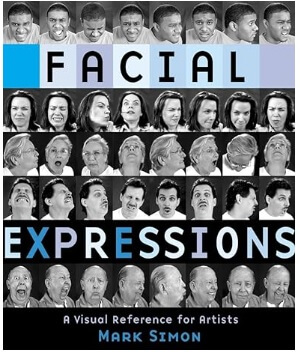Coaching

- File photo | Credit KU, The University of KansasOpens in new window
What Is Coaching?
At various times during a supervisor’s career, s/he will need to act as a coach.
Coaching refers to the process of equipping people with the tools, knowledge, and opportunities they need to develop themselves and become more effective.
For deeper insight, the following is a range of quotations from different authors in current coaching literature.
- Coaching is an interactive and developmental process where the coach enables coachees to find their own solutions, discover new opportunities, and implement actions. Coaches act as facilitators, listen, ask questions, and enable coachees to discover for themselves what is right for them (Rosinski 2003, p.5).
- Coaching is unlocking a person’s potential to maximize their own performance. It is helping them to learn rather than teaching them (Whitmore 2002, p.8).
- Coaching helps coachees access what they already know. They may never have asked themselves the questions but they have the answers. A coach assists, supports and encourages individuals to find these answers (Zeus & Skiffington 2002, p.3).
Coaching focuses on the learning process, assisting the employee with developing the knowledge and skills needed to perform the functions assigned to her current position. Armed with this knowledge and skill, the employee should be able to improve her performance.
The Role of the Coach
The coach works with clients to achieve speedy, increased and sustainable effectiveness in their lives and careers through focused learning. The coach’s sole aim is to work with the client to achieve all of the client’s potential—as defined by the client (Rogers 2004, p.7).
The role of the coach is to enable the coachee to explore, to gain a better understanding, to become more aware and from that place to make a better decision than they would have made anyway (Downey 2002, p.23).
Developmental coaching is learning oriented rather than compliance oriented. Here, the coach encourages employees to take much greater responsibility for their own learning (Hunt & Weintraub, p. 4).
Coaching can be formal or informal and may take many forms. Coaches sometimes use encouragement, feedback, demonstration, personal examples, or developmental activities to help employees attain higher levels of performance. Coaches may model behavior for an employee to follow or may assist an employee through problems or crises.
Using a positive and constructive manner, coaches may help employees recognize their strengths and weaknesses and address critical developmental issues or barriers in a candid and timely way.
Coaches often assist individuals who are struggling with performance standards, including those standards that are part of a new job or are due to new competencies being added to established positions. New competencies may be a result of a change in an organization’s direction, such as when a health care facility implements an electronic health record.
In such an instance, the coach assists the individual with moving from the competencies needed in a paper-based system to the competencies needed in an electronic system by identifying the new competencies possessed by the individual, and identifying strategies for the individual to either build new skills or apply existing skills to the new competencies.
























